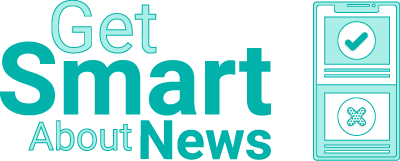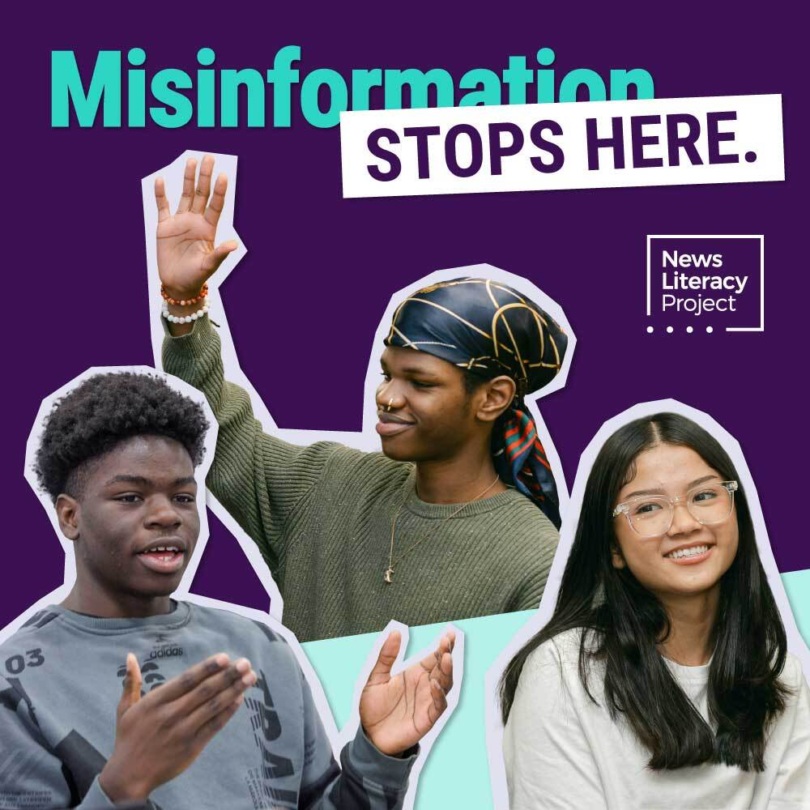GSAN: Election aftermath | Ballot misinfo | “Latino vote”
|
|
Learn about news literacy this week |
|
Election aftermath Misinformation and conspiracy theories thrive when curiosity and controversy are widespread and conclusive information is scarce or unavailable. The deeply polarized 2020 presidential election not only produced these conditions, it sustained them as ballots in a number of swing states with narrow vote margins were adjudicated and carefully counted.
|
|
Viral rumor rundown 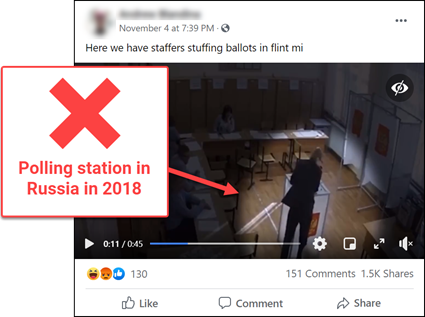 NO: The video in this viral Facebook post does not show election workers stuffing ballots in Flint, Michigan. YES: It is a video showing alleged ballot stuffing in Russia in 2018. 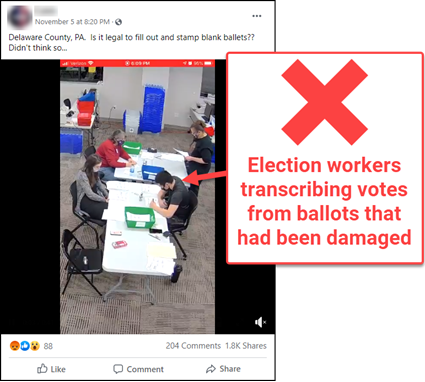 NO: The video in this Facebook post does not show election workers in Delaware County, Pennsylvania, illegally filling out blank ballots. YES: It shows them transcribing votes on ballots that were damaged by an extractor so they could be scanned. YES: This is a normal process. NO: This was not the only clip of Delaware County election workers transcribing ballots to go viral as false evidence of fraud last week. 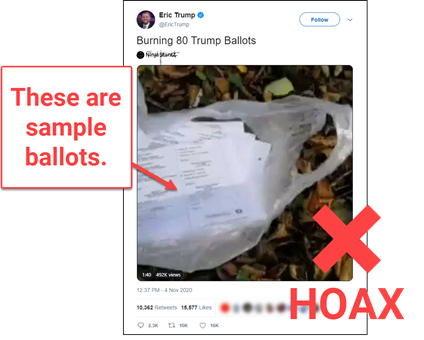 NO: The video in this tweet does not show 80 Virginia ballots for President Donald Trump being burned. YES: It shows a bag of sample ballots from the city of Virginia Beach being burned. YES: Unlike the sample ballots in the video, authentic Virginia ballots have bar code markings, according to Virginia Beach officials. 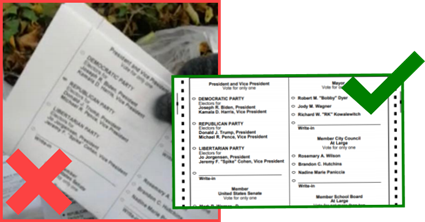 Images released by the city of Virginia Beach demonstrate distinct differences between legitimate ballots (right) and the sample ballots that appear in the false viral video (left). |
|
★ NewsLit Picks Featured “Election results - PBS NewsHour special coverage” (Yamiche Alcindor, PBS NewsHour). Quick Picks “With many children still learning from home, kid-focused news products aim to fill some gaps” (Rachel del Valle, Nieman Lab).
“Joe Scarborough cheers sleepless Steve Kornacki after MSNBC calls it for Biden: 'Big pay raise, baby!'” (Sara M. Moniuszko and Kelly Lawler, USA Today).
“Opinion: Why can’t a generation that grew up online spot the misinformation in front of them?” (Sam Wineburg and Nadav Ziv, Los Angeles Times). |
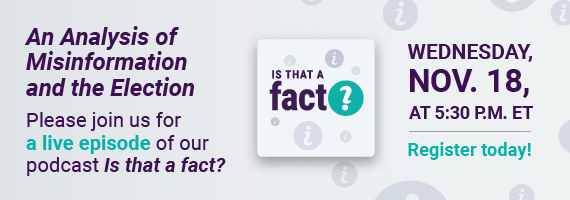 |
|
Thanks for reading! Your weekly issue of Get Smart About News is created by Peter Adams (@PeterD_Adams), Suzannah Gonzales and Hannah Covington (@HannahCov) of the News Literacy Project. It is edited by NLP’s Mary Kane (@marykkane). |
|

